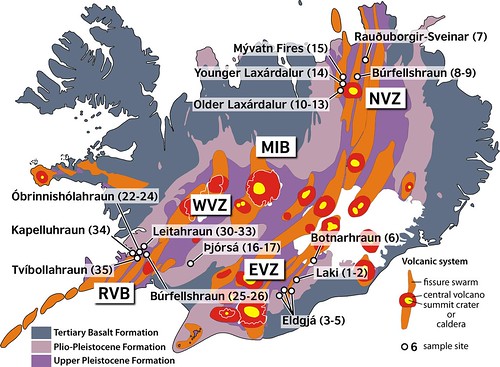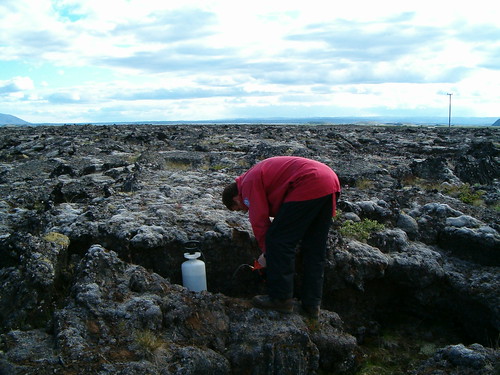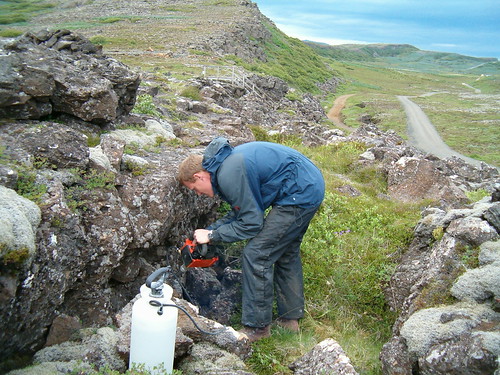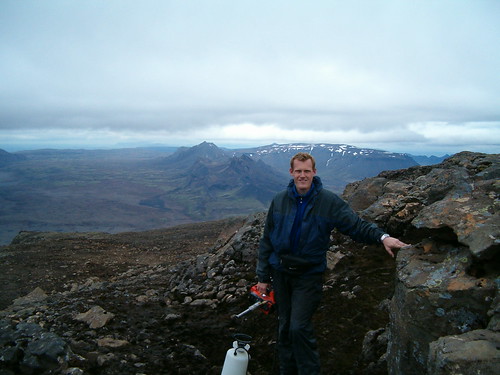I recently visited a couple of year-3 school classes to tell them about geology. It was nice to experience their interest and eager to learn - Geology is such an easy subject to teach kids because it is all around, and the applications of geology is so easy for children to understand. Besides, children love stones. At the same time geology is a fantastic entrance to other natural sciences, talking about gravity, evolution, magnetism, other planets, etc.
Then, why are there so few good geological internet-sites for kids? At least, I had a very hard time finding sites I thought were interesting. A lot of money is spent on geological teaching materials and museums making excellent geology expositions - Why are some of these efforts not guided towards the internet?
I spent a long time searching, and the best geology site for children I found was the one developed under the OneGeology project:
http://www.onegeology.org/extra/kids/home.html
It is hard to understand that there are not some internet-sites with more interactivity. Or am I missing something?





